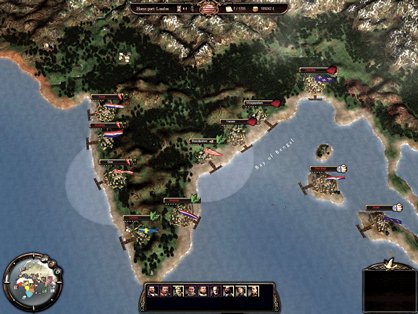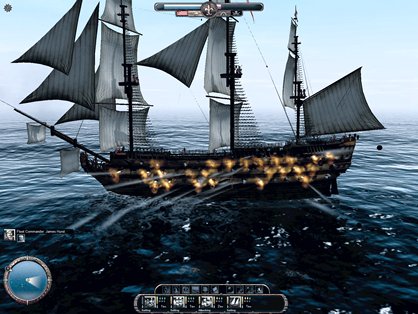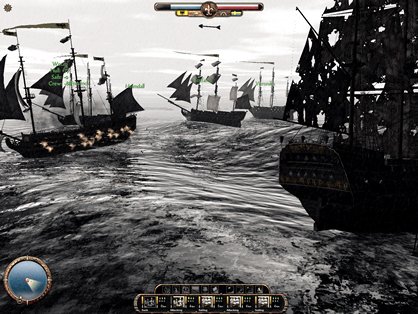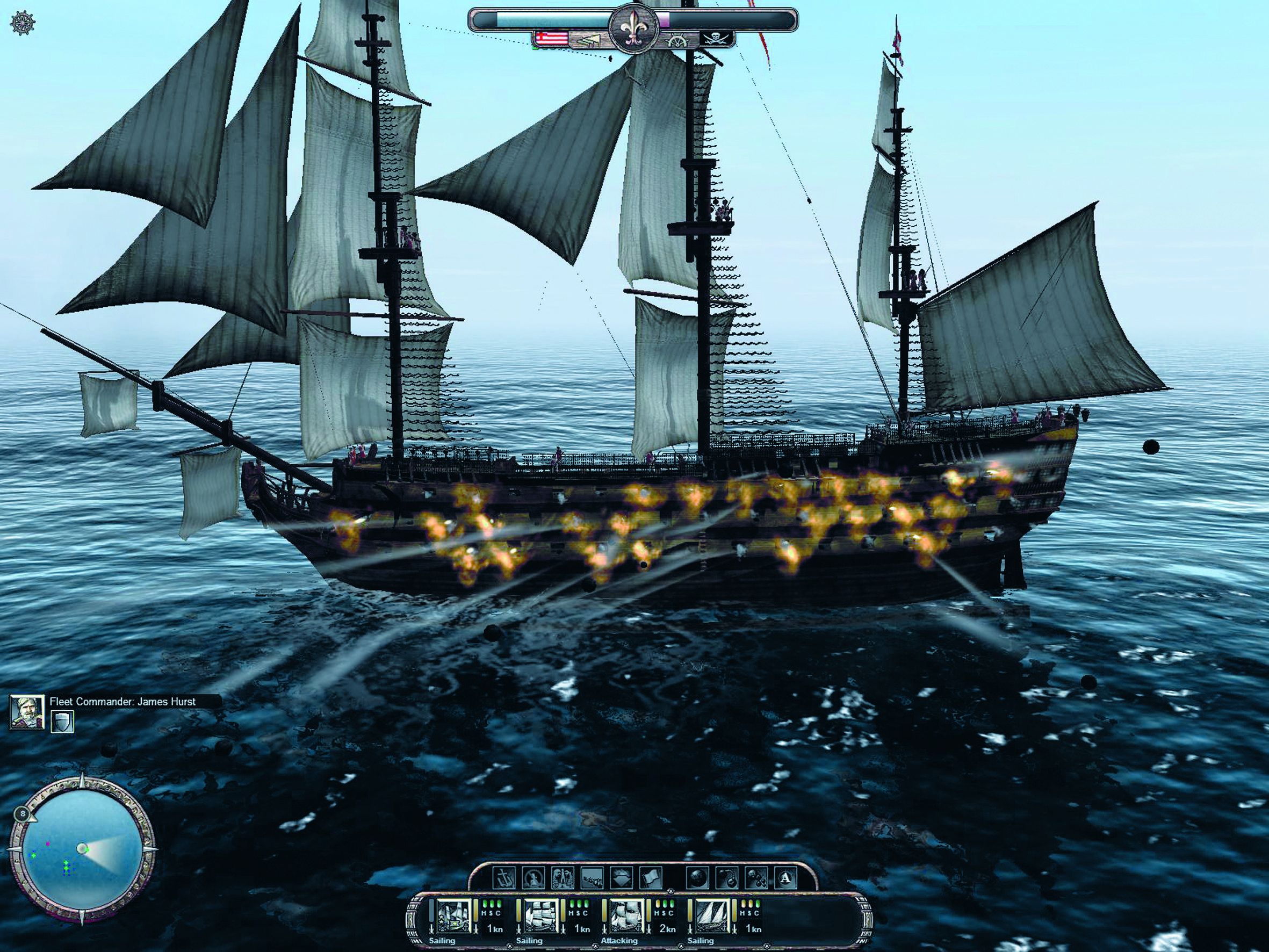GamesRadar+ Verdict
Pros
- +
Mix of economic and military strategy
- +
Awesome sea battles
- +
Looks the part
Cons
- -
Lacks needed depth
- -
Relying on AI help makes it too easy
- -
No ground combat
Why you can trust GamesRadar+
Imagine a world dominated by multinational corporations. A planet subjugated by profit margins, where global trade routes are fiercely battled over and lone pirates raid cargo-ship behemoths. That’s right: East India Company’s focus is on the years 1600 to 1750. It wraps this stodgy historical filling in a light layer of creative license, where players begin as the CEO of one of eight suspiciously evenly-matched mega-corporations. They’re each based in the central port of their home country, and rapid expansion is required to solidify trade passages to the Indian subcontinent, with its valuable ports and exotic loot.

Like a child with a pocket full of Pokemon cards, East India Company only has two things on its mind – war and trade. Far-flung ports sell trade items such as spices, silk and tea. Bring them home and you can earn yourself a small fortune. Economies are in constant flux, however, and the principles of supply and demand affect prices in your home port.
If you’re keen to get stuck into the minutiae of goods transport, you can stuff cargo holds manually, or manage items to the nearest ton, but those who set their cargo fleets to ‘auto-trade’ won’t be hampered too much. As long as you keep an eye on the financial screen’s profit graphs, it’s a simple task to change your main trade item from one commodity to another, regrowing consumer desire for an exotic cargo.

Relying on auto-trade removes a level of depth from the campaign mode: while your economy won’t run itself, it’s hardly taxing setting up a regularly alternating trade system. This is fine for those who’ve come along for the watery warfare, but weak for those wanting a Civilization IV rival. This brings us to the game’s main draw: combat. The ground game is out – taking on Empire Total War on its own terms would be a step too far for the ambitious developers – but they’ve landed a broadside hit with East India Company’s seafaring battle engine.
Particularly pretty, this watery warfare is also a step above basic point-and-click combat, with an array of options giving at least a modicum of meaningful control over a form of attack that is, by definition, ponderous. Sail size, firing width, and shot type can be toggled on the fly, while you’re able to take direct control of your flagship with the keyboard. In a weaker design decision, port assaults are handled entirely by the AI, with your fleet and embedded marines matched against a local garrison via ‘health’ bars.

Ultimately, East India Company feels bare. The bones of ship combat and trading are solid, but at present, unspectacular. With a bit of work from a dedicated community, the game could coalesce into a historical favorite, but it won’t currently wow salty sea dogs.
Aug 17, 2009
More info
| Genre | Strategy |
| Description | Ultimately, East India Company feels bare. The bones of ship combat and trading are solid, but at present, unspectacular. With a bit of work from a dedicated community, the game could coalesce into a historical favorite, but it won’t currently wow salty sea dogs. |
| Platform | "PC" |
| US censor rating | "Teen" |
| UK censor rating | "7+" |
| Release date | 1 January 1970 (US), 1 January 1970 (UK) |



